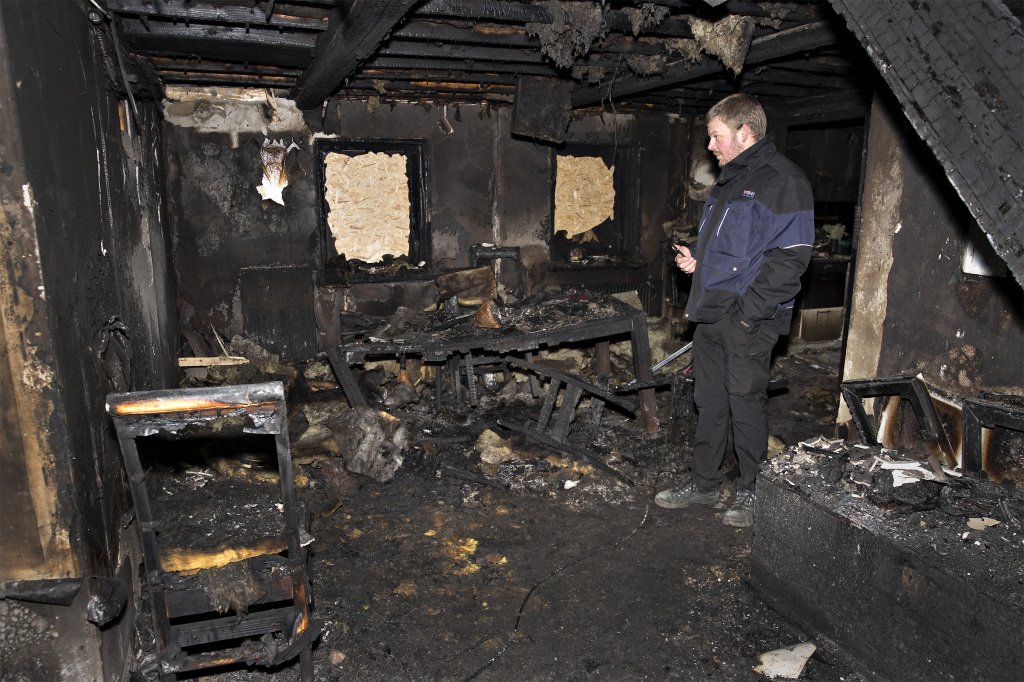A major manufacturing company once brought me on board to assess their safety performance. While at their facility, I gave a presentation to a large group of their employees. Based on what I could see, it went very well. I got lots of nods, smiles, and laughs. I even received a big round of applause at the end.
All that participation and engagement was a good sign. So, I was shocked when I saw their safety statistics. Their safety record did not match the enthusiasm they displayed during my presentation.
I was puzzled by this at first, but it all made sense once I went on my first walks through the facility. I was taken aback when some of the floor personnel were nodding and smiling when I was asking them why they have such severe injuries.

Takeaway: Make sure your safety messaging and training are sensitive to your workers’ differing levels of English proficiency.
That’s when it dawned on me: they don’t understand what I’m saying – they’re only pretending to!
The Multi-Language Workplace
The global economy has opened up the borders to an international and migrating workforce. Employers are right to take advantage of this, since it’s a great way to bring in fresh ideas, new perspectives, bright brains, and affordable labor to their businesses.
But with 26 million foreign workers making up 16.9% of the US labor force, it’s important for company leaders to update their training and communication so that their message, values, policies, and expectations reach every worker.
For all their benefits, multicultural working environments presents one significant challenge: multiple languages and an uneven mastery of English. This often results in poor communication, misunderstandings, or even a total lack of awareness about certain important features of the work or workplace (such as safe operating procedures).
This might not immediately be obvious. Many employers and supervisors are under the impression that there are no language barriers in their workplace because their employees will nod politely, smile, confirm that they understand, and sign whatever training document is placed in front of them.
Communicating Safety
As occupational health and safety professionals, we have a legal obligation and a moral duty to train employees, inform them about the hazards present in the workplace, and ensure that they know how to protect themselves and those around them.
But how can you know that your message has been communicated? How do you know that it’s been understood and assimilated by everyone in your workforce?
There are many variables when working in a multicultural environment, and some of them will be revealed only after a conflict, misunderstanding, or accident. To minimize or avoid these, follow these general tips:
- Keep an open mind and avoid projecting your assumptions on others – what is obvious to you is not necessarily obvious to every worker
- Get some targeted diversity training beforehand
- Engage in casual conversation with your employees about their lives and what they might need from a work environment
- Don’t take nodding as a sign of agreement; it could be a worker’s way of showing they are listening attentively even if they don’t fully understand what you’re saying
- Avoid “isn’t it?” questions – this formulation might encourage your interlocutor to agree to avoid disagreeing or stirring the boat
- Practice active listening, looking for workers’ body language while also being mindful that your body language matches your message
- Ask more open-ended questions, consider asking an employee how they would proceed to work safely (this will give you a sense of whether they have understood the procedures and instructions)
- When possible, use simpler words and visual aids to communicate your message
(Learn more in Behavior Based Safety Program.)
Training Tips
- Support all your training and communication with explicit visual cues.
- Don’t use too many (or too sophisticated) words
- Include pictures and videos
- Ensure that desired behavior is clearly indicated in the video/picture by an easily recognizable sign, such a green checkmark, red X or a STOP sign
- Whenever possible, have training documentation in your employee’s native language
- Avoid generalizations and focus your training specifically on the equipment, practice, or procedure at hand. This will avoid confusion and minimize unnecessary fatigue on your trainees
- Minimize the extent of general orientation
- Spend most of the time on the job-specific orientation and practice key ideas
- Skills development training for foreign workers is better delivered on site, not in a class environment – a hands-on demonstration provides more value in less time
- Place the SOP (permanently, not only for training) on or near the equipment on which the employees receive training. Many foreign workers won’t ask for an SOP manual. SOP’s should:
- Have pictures and other visual aids
- Use checkmarks, X’s, and so on to indicate proper or improper actions
- Avoid scheduling training at the end of the day, when fatigue might affect make comprehension even more difficult
- Give your trainees frequent breaks – they’re not only learning something new, they’re learning something in a second language
- Speak slowly, loudly, and clearly
- Deliver the training through dialogue to engage and confirm understanding
- Avoid idioms and jargon
- Frequently check for understanding
- Repeat key ideas
- You can substitute a written test with a skill test
Language Education
Many of these problems could be overcome with a good mastery of the English language. So, after completing the essential training, you could consider providing ESL (English as a Second Language) classes for non-native speakers.
Providing this education will come at a financial cost, but in the improved communication could save you time and money in the long run. Not only is bad communication a factor in many accidents, but breaking down the language barriers among your workers could improve your workplace’s safety culture.



